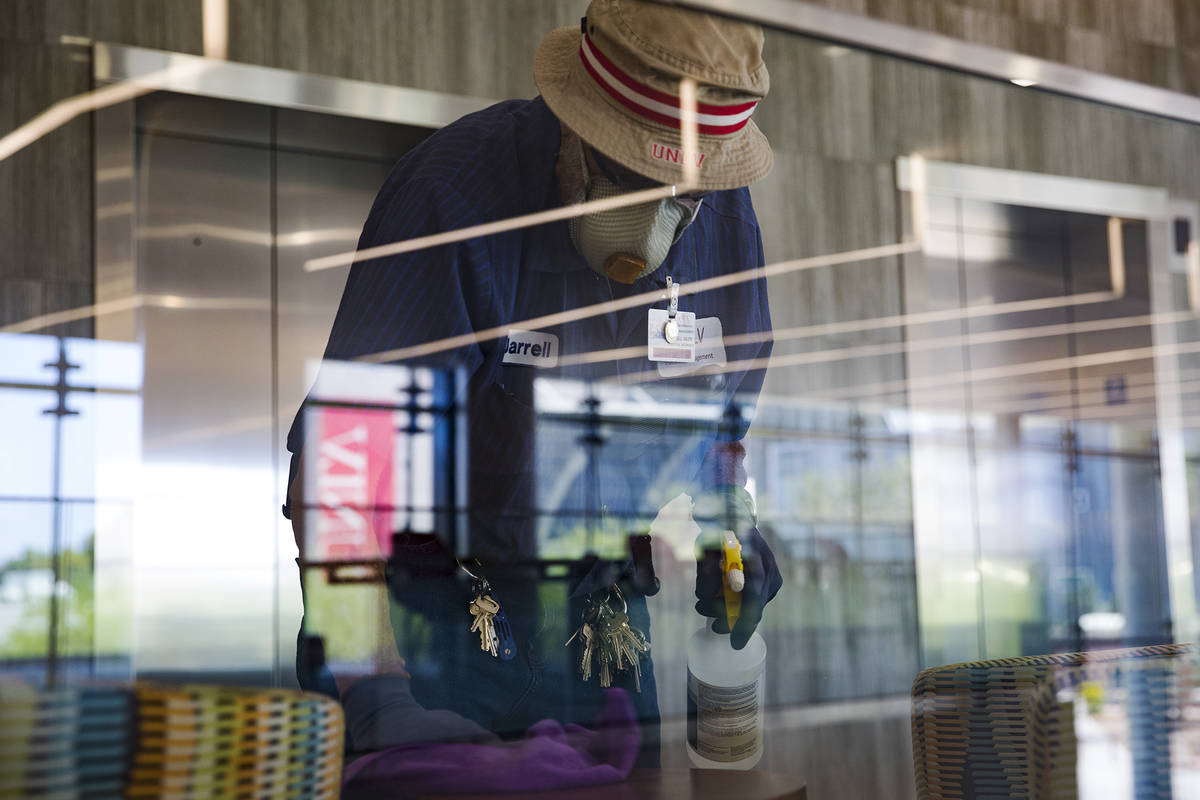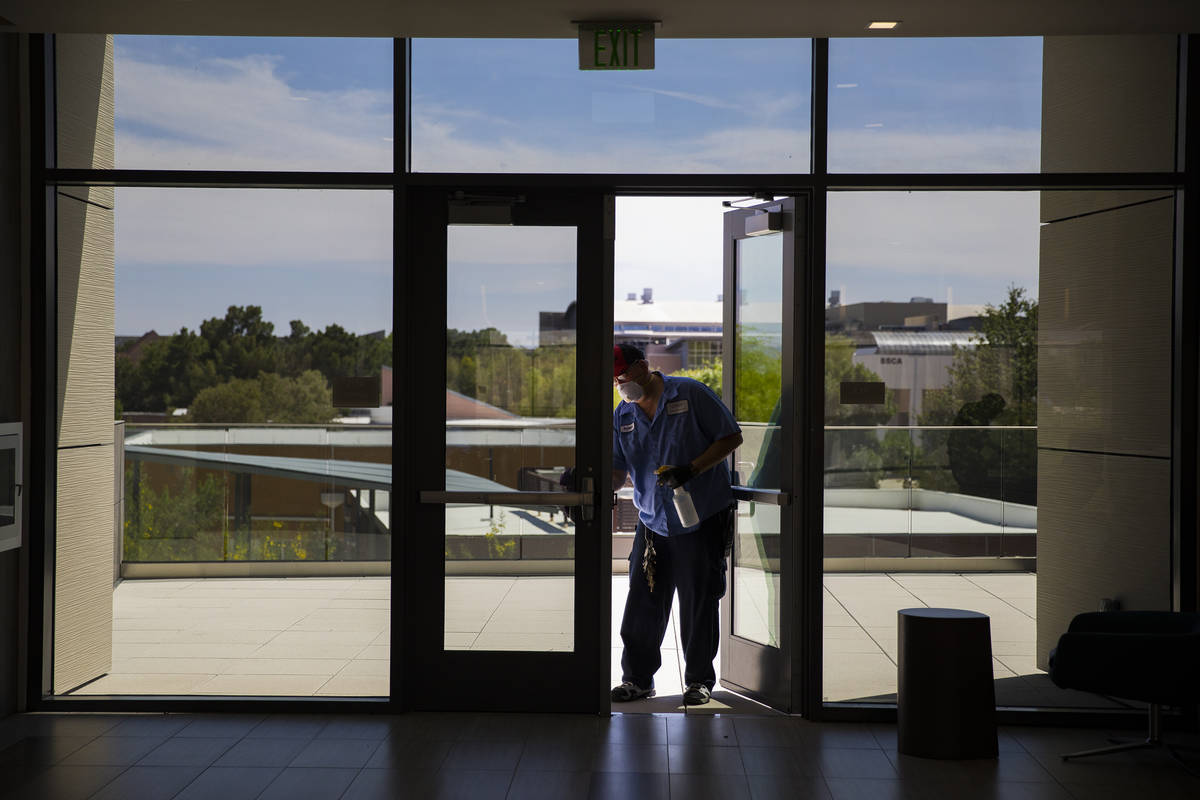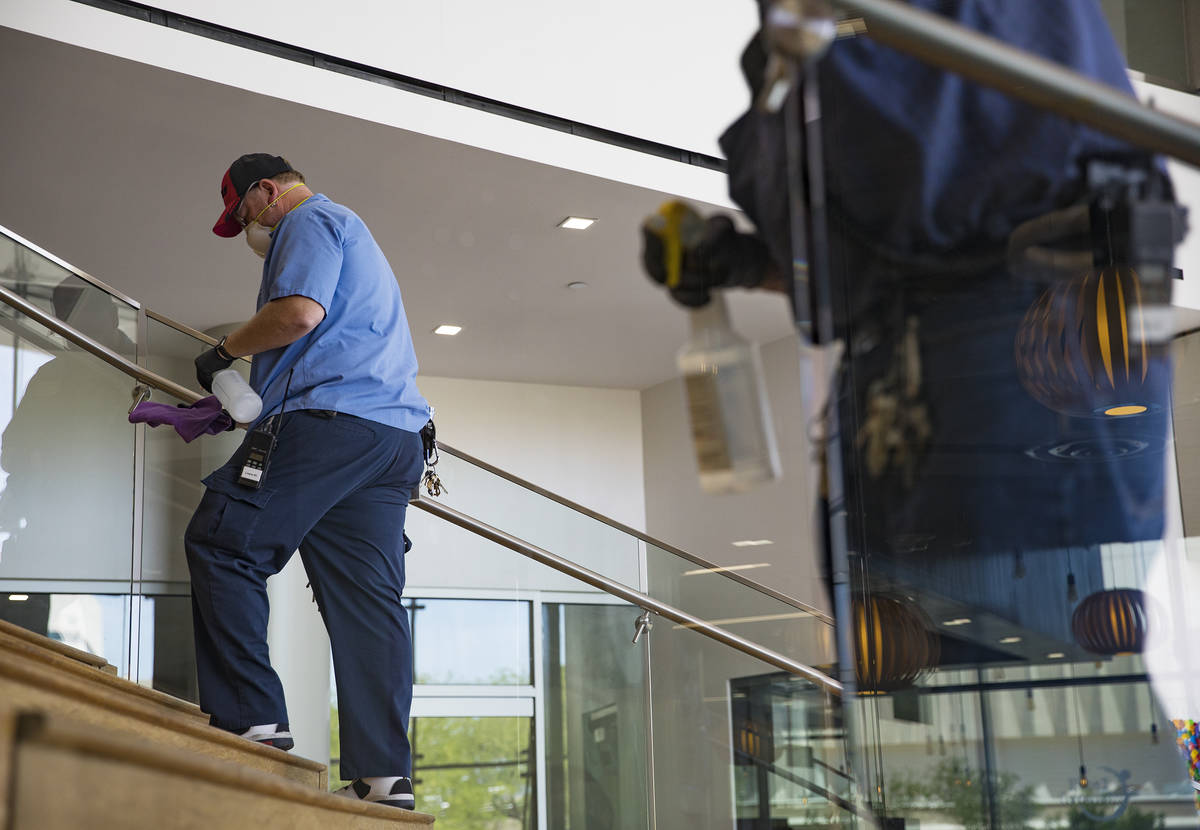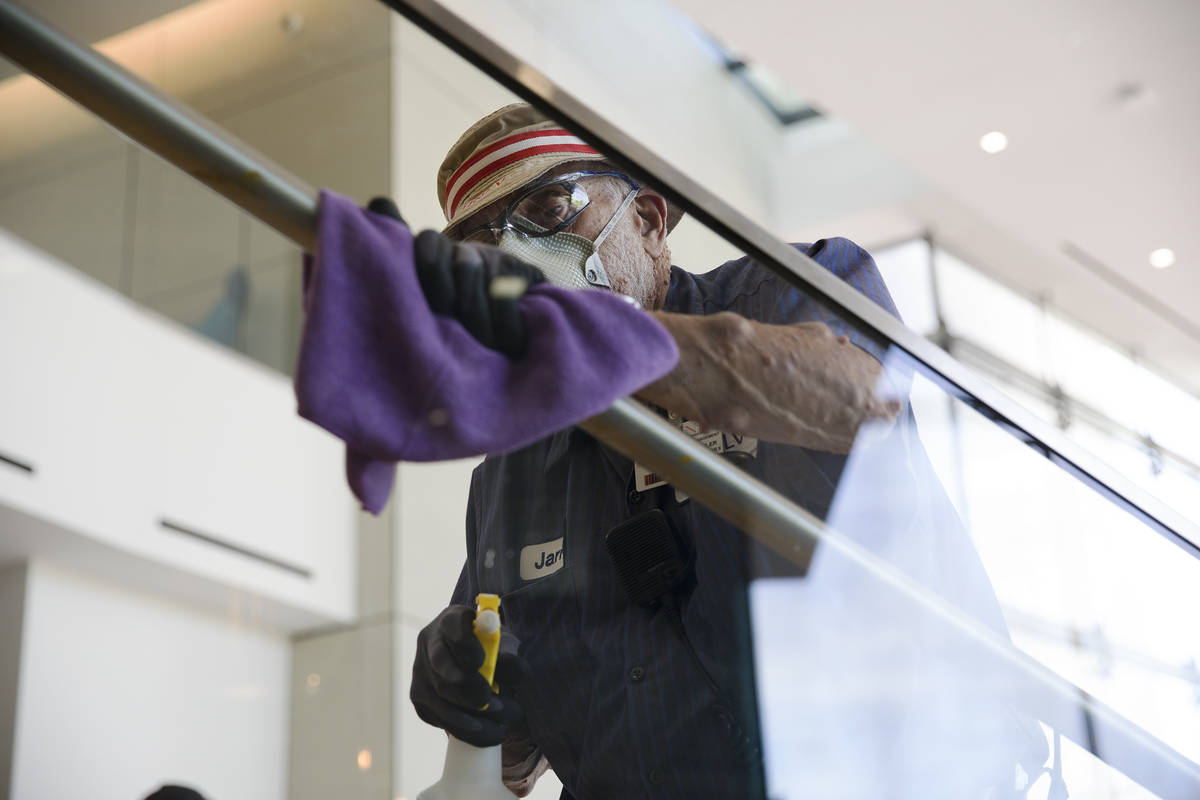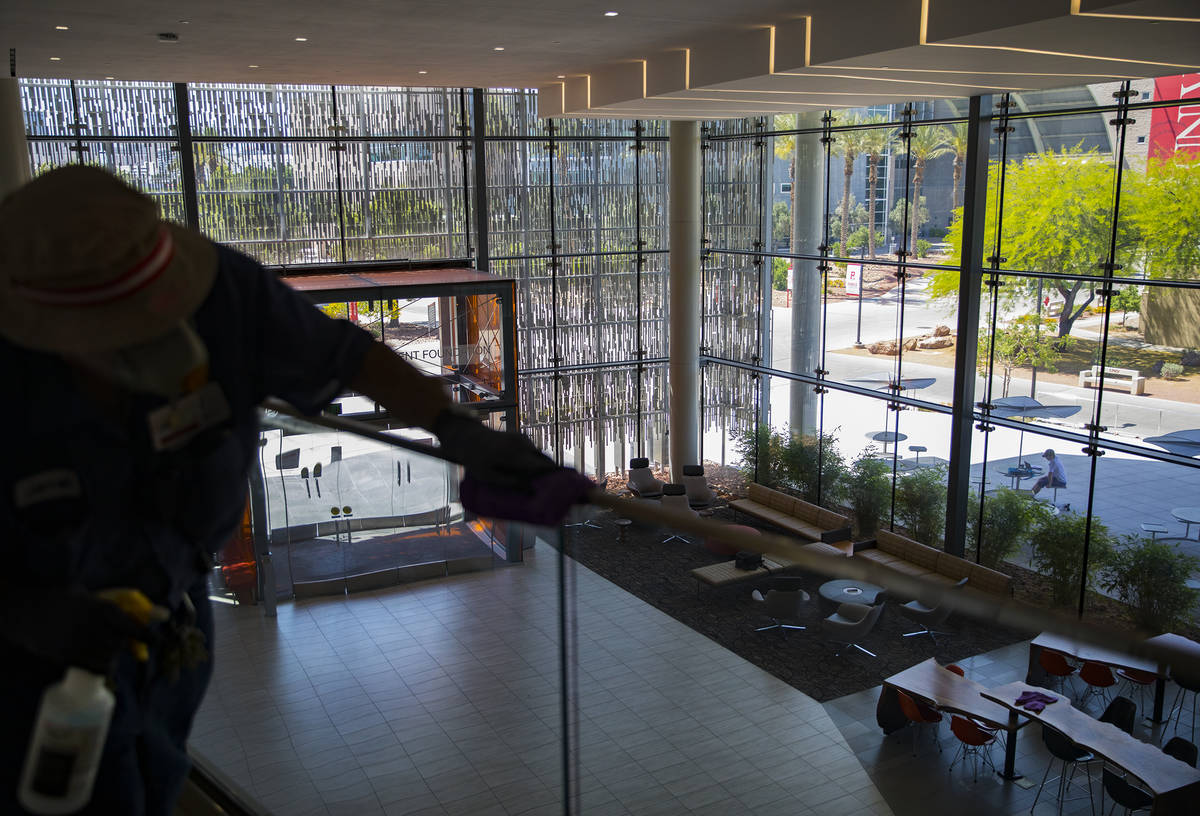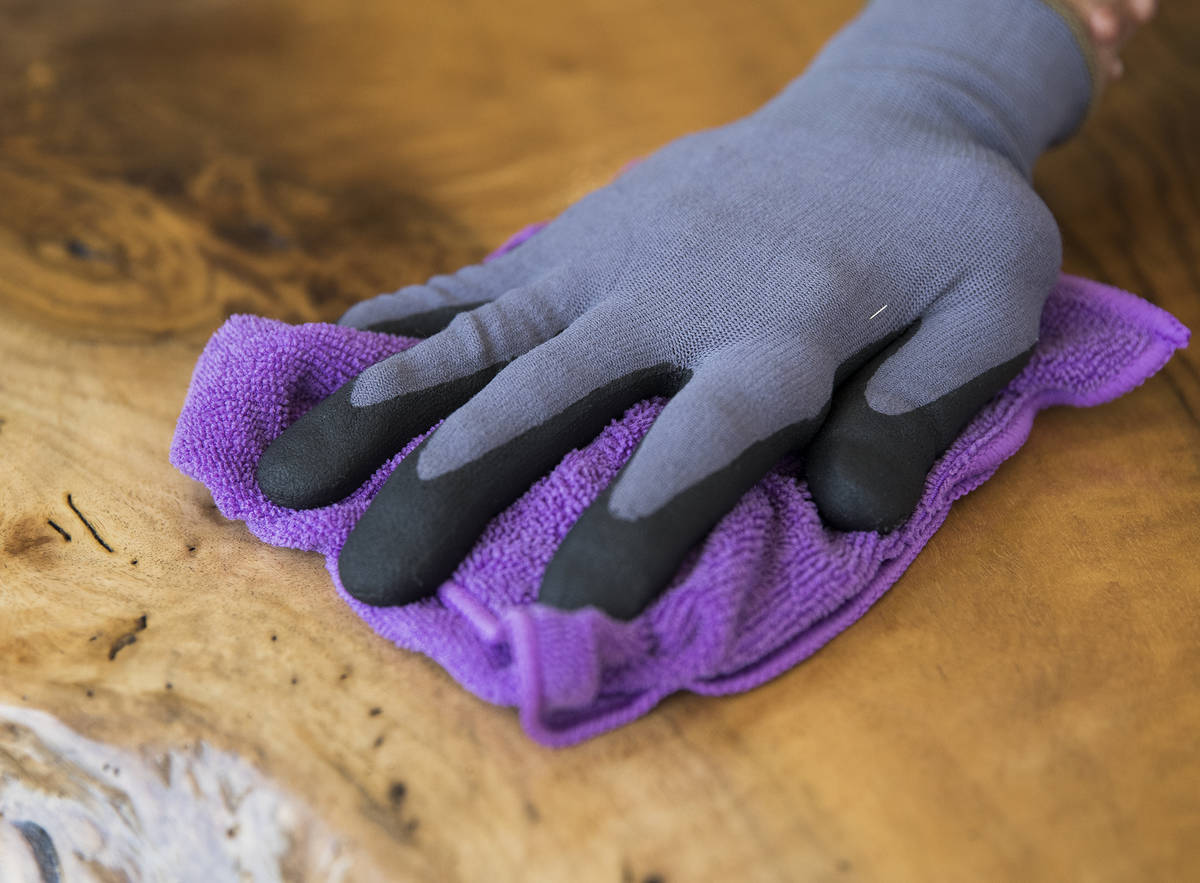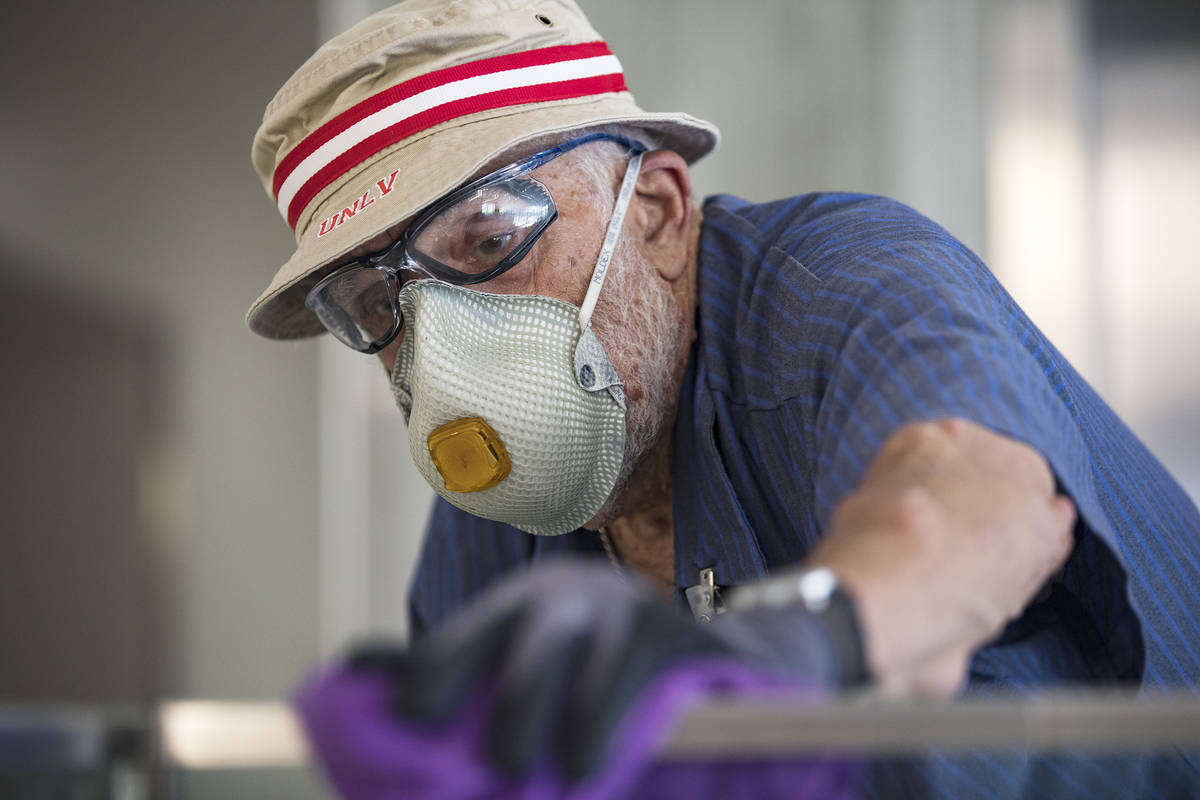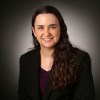Many Nevada college courses will still be taught online in fall
Skyler Lange took a geology class at Nevada State College this spring, but she couldn’t do much classwork after the college shut down because of technical issues during Zoom lectures.
The 20-year-old was one of the more than 100,000 Nevada college and university students who were forced to navigate the sudden shift to online education when schools began closing their campuses in March because of the COVID-19 outbreak. For many, the move was not an easy one.
“I feel like the transition was a little awkward because it happened so suddenly,” she said.
Lange, who’s working toward a bachelor’s degree in psychology, said she does better with face-to-face classes but had to “resort back to something I knew I wasn’t going to excel in.” She called it “kind of heartbreaking” because she’s putting in a lot of time, effort and money to graduate.
But despite the hiccups and hardships, Nevada’s colleges are realizing as they plan for summer and fall classes that they cannot return to the pre-pandemic status quo. Now that distance learning technology has escaped novelty status, schools are planning to incorporate it into their curricula even as they return to face-to-face instruction.
The Nevada System of Higher Education, which oversees the state’s public colleges and universities and their roughly 107,000 students, announced May 4 that it is planning to resume in-person classes in the fall and on a limited basis for the second half of the summer. It’s unknown yet when athletics will resume.
At the University of Nevada, Reno, which has about 21,000 students, there will be a combination of in-person and remote classes this fall, said Kevin Carman, executive vice president and provost.
“Fall is where our really big challenge comes,” he said. “We don’t have all of the answers yet, but we’re working on them.”
It’s a “very complex issue” and a national one, he said, adding, “We’re all trying to solve this puzzle.”
‘A big ask’
Deb Adair, executive director of Quality Matters, an Annapolis, Maryland, nonprofit that focuses on ensuring quality teaching in digital formats, said many schools switched to online learning abruptly and simply delivered lectures online, hampering their ability to present material effectively.
“That is a poor approximation of what a quality online course is because you can’t just simply pour materials into an online course shell and have a good experience for students,” she said, noting that it typically takes 100 to 200 hours to develop such a course.
Nevada schools all previously offered some online classes but weren’t prepared for the transfer of everything to a remote environment.
But despite the rapidity of the changeover, officials say they didn’t field many complaints from students about the quality of the presentations. Nonetheless, many plan to provide more training for faculty members before the fall semester to improve quality control.
Joel Lieberman, chairman of the Criminal Justice Department at UNLV, said this week that he thinks the switch went remarkably well, given the faculty received “very little notice.”
“That’s a big ask,” he said. “You have to have a really committed faculty to do that.”
Lieberman was already teaching one online class, “Psychology and the Legal System,” but he faced a big challenge when he tried to take a general education class called “Urban Adventure” into cyberspace.
It’s a simulation-based class — with actors, props, makeup — in which students work through realistic crime scene scenarios.
He and other faculty members eventually were able to stage two mock crime scenes online that students examined and discussed using the videoconferencing platform Zoom and the team chat app Slack.
“We were able to do all of this remotely,” Lieberman said, minus some hands-on exercises such as collecting fingerprints. “It’s a lot of work, but if you put that work in, you can have very engaging content. I’ve been blown away in some ways by how the class can be better in a virtual world.”
At UNR, the switch to remote learning was a “very large, unplanned experiment,” Carman said. “The reality is we had just a little bit more than a week to make this transition.”
He said most instructors rose to the challenge but acknowledged that a small number “probably (have) not embraced online delivery like we would like.”
UNR officials are awaiting Monday’s release of spring semester grades, which will give them a better sense of how students performed and whether they opted for satisfactory/unsatisfactory grades, a possible sign that they were dissatisfied with the online teaching, Carman said.
At Nevada State College in Henderson, faculty members and students had a bit more time to get ready for the switch after spring break was moved up by three weeks.
“In hindsight, that was a really important,” said Vickie Shields, provost and executive vice president.
She acknowledged that there some rough patches. “I’m not sure everyone could deliver that quickly online the same quality as they could deliver in person, but they sure gave it a good shot,” she said.
College of Southern Nevada nursing student Andy De La Cruz, 19, said the transition to remote instruction was “pretty weird at first,” but was “chill” for students. He slept in later than usual in the mornings.
But the Henderson resident said he and some of his classmates got behind on work and were stressed trying to catch up.
De La Cruz is interested in transferring to UNR this fall, but only if classes are held to face to face. If they’re offered remotely, he said, he plans to stay put.
What’s next
While late summer and fall offerings are works in progress, Nevada’s colleges all say online education will play a major role.
During its final summer session, UNLV, which has more than 30,000 students, expects about 75 of its roughly 500 courses will be offered in person, with the remainder being taught online.
Chris Heavey, interim executive vice president and provost, said university officials are identifying classes that have a high value for a face-to-face environment, such as science labs and language classes.
For fall, Heavey said his guess is about 40 percent of classes will be held remotely — particularly, large lecture classes. That, in turn, will free up classroom space so in-person classes can ensure social distancing, he said.
UNLV instructors will be able to choose to teach remotely. “We’re letting the instructors self-identify without asking them to reveal any additional information if they feel like they’re part of a vulnerable population,” he said.
Lieberman, the department chair, said he’s telling faculty to plan for multiple contingencies and to be as flexible as possible.
A crisis, he noted, creates opportunities to “rethink what we’re doing” and make classes “more compelling and flexible.”
At UNR, some late-summer classes, especially those with 40 or fewer students, will be taught in person in large classrooms that allow for social distancing. But the university is making alternate plans for a couple of science classes that expect more than 200 students.
For fall semester, UNR will “almost certainly” teach the approximately 68 classes with 200 or more students online, Carman said.
Many colleges also will deliver some classes in a hybrid fashion, with both virtual and in-person components.
At Nevada State College, which has more than 5,500 students, late summer classes may be in a hybrid format, which could mean in-person labs and remote lectures. Hybrid classes are a possibility in the fall, too.
Faculty members will have the option of teaching remotely in the fall, said Shields, the school provost.
At CSN, many late summer classes will be offered remotely.
The college will offer at least some face-to-face classes in the fall as well, but “we have to make sure we’re practicing social distancing” and every class will have at least some online component, said Margo Martin, vice president of academic affairs.
Faculty members can request to work remotely this fall, Martin said, but they’ll need “a documentable rationale.”
For campus housing, UNLV plans to have its usual occupancy rates, including roommates sharing a room. But it will keep some rooms empty in case a student becomes ill and needs to self-isolate.
At UNR, there will likely be single occupancy rooms, Carman said, with preference given to incoming freshmen from outside the Reno area.
NSC is building its first student housing complex, a 342-bed facility with apartment-style units. The project is still on track to open this fall, Shields said, and the college is accepting applications from students. But it’s deferring accepting deposits and signing leases until later in the summer.
Editor’s note: After publication of this article, UNR said it had decided to have normally occupancy of rooms in on-campus housing this fall.
Contact Julie Wootton-Greener at jgreener@reviewjournal.com or 702-387-2921. Follow @julieswootton on Twitter.



